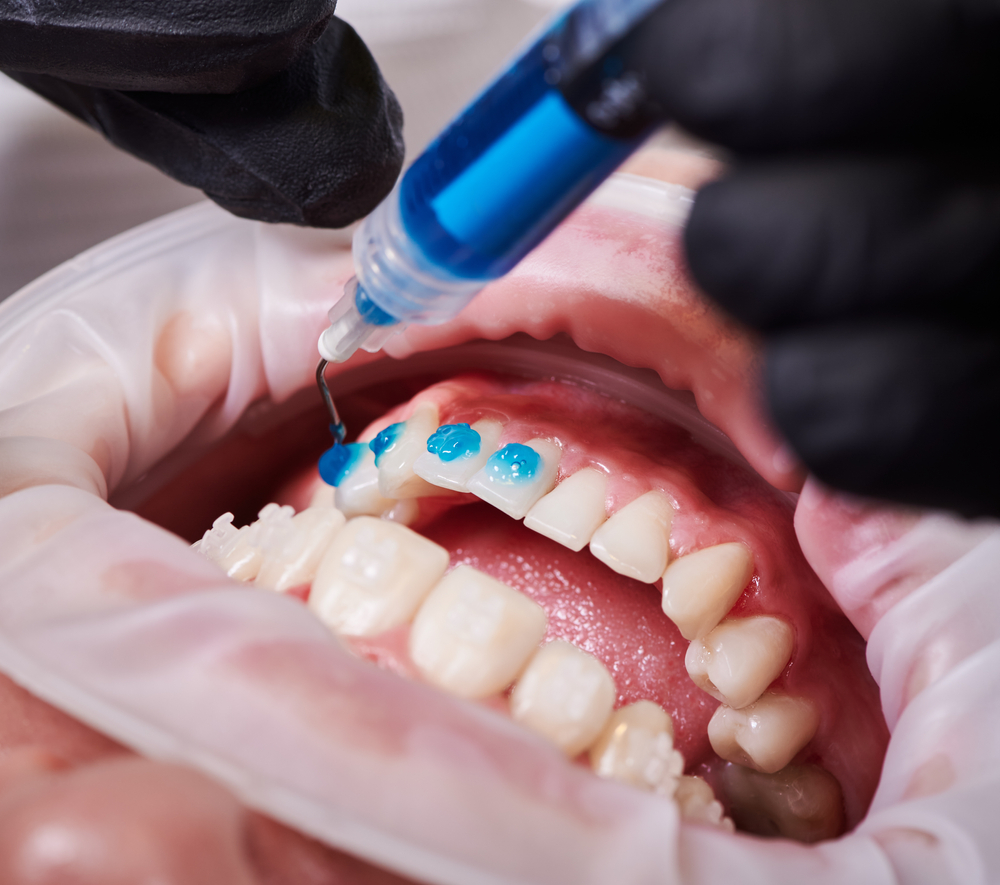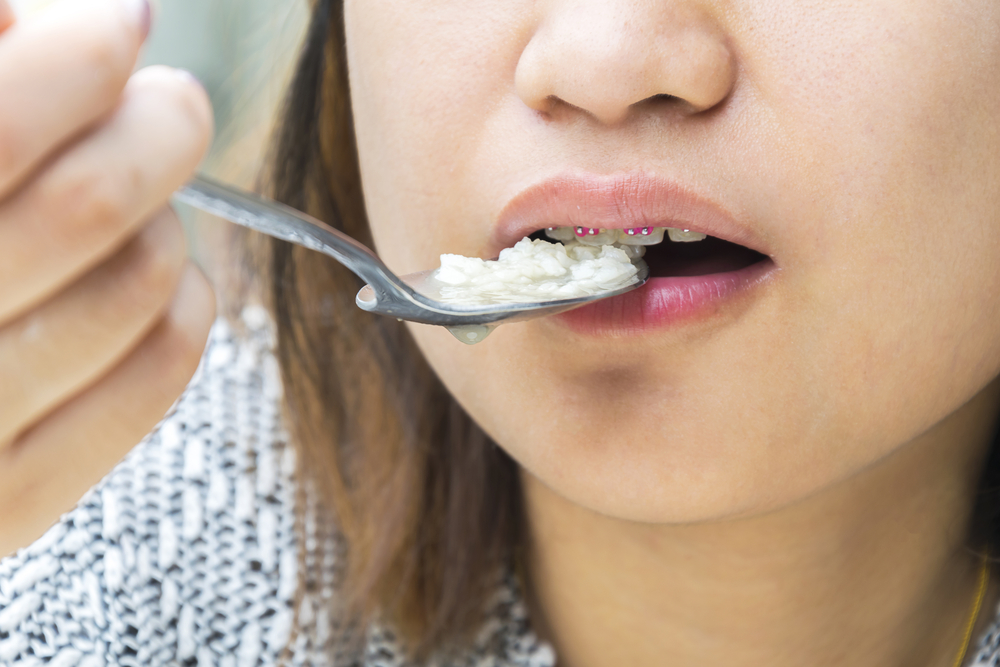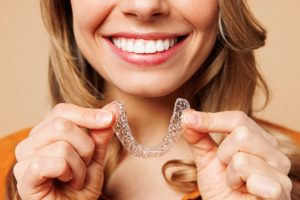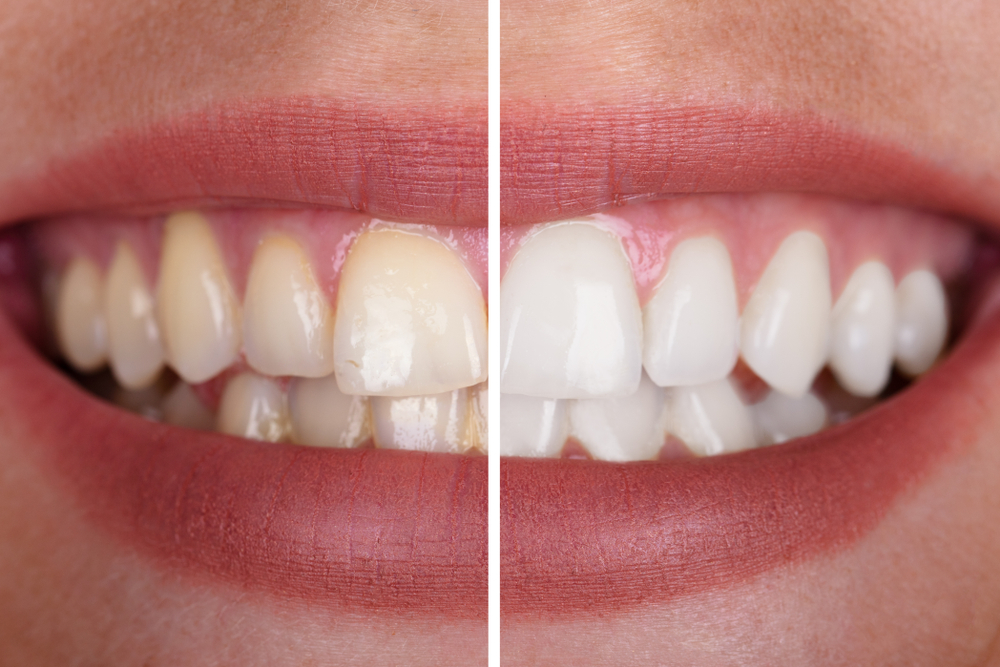Parkcrest Dental Group specializes in taking care of your family’s entire dental needs. We answer frequently asked questions regarding orthodontics for teens.
What is the ideal age to start orthodontic treatment?
Between the ages of 11 and 14 is generally the best time to start orthodontics for a teenager because this is when your child has lost most or all of their childhood teeth while having a majority of adult teeth.
Your child should get an orthodontic evaluation by the time they reach seven years old. They should do this because your orthodontist can determine how well your child’s teeth are coming in, how much space the jaw has, and whether or not your child has an underbite or overbite.
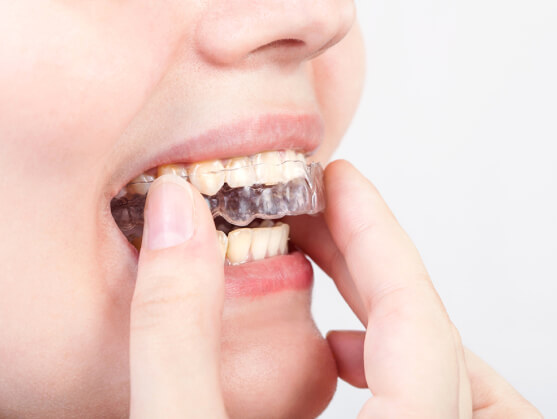
How much do braces cost for a teenager?
Traditional braces may cost anywhere from $3,000 to $7,000. More modern braces or Invisalign may cost more, depending on how long your child needs the orthodontics and how many office visits they have.
What types of braces are available for my teenager?
There are four different types of braces generally available today.
Traditional Metal Braces
Metal braces are the most common variety of braces today and also the least expensive, in general. Thanks to modern technology, the metal brackets are much smaller than they were before. Braces usually need monthly or bi-monthly adjustments.
Ceramic or Tooth-Colored Braces
Ceramic braces are much less noticeable because they look much closer to the natural color of your teeth. They are about the same size and shape as traditional metal braces.
Lingual Braces
Lingual braces, rather than sitting on the front of your teeth, are cemented on the back of your teeth. These kinds of braces are just like traditional metal braces.
Invisalign
Invisalign represents the most advanced type of braces. Orthodontists typically recommend Invisalign for mild cases of misaligned teeth. It is much more comfortable than traditional braces, and Invisalign uses about 30 invisible trays that gradually align teeth. Your orthodontist replaces trays every couple of weeks.
How long do teens have to wear braces?
It depends on your orthodontist’s initial assessment of your teeth. Teens could wear braces for anywhere from six to 30 months. The average time for teens to wear braces ranges from 18 to 24 months (1 ½ to 2 years).
What is the process of getting braces?
First, your orthodontist will ascertain what type of braces are right for you.
At the next appointment, your orthodontist will take molds (impressions) of your teeth by mixing a unique silicone compound as a thick liquid and putting the mixture in a special plastic holder. Then the orthodontist places these holders on your upper and lower teeth until it hardens into a rubbery substance, about 10 to 15 minutes.
These molds go to a lab to create a plaster cast of your teeth. A plaster cast perfectly mimics the look of your teeth as they currently are, which allows an orthodontist to ascertain the types of braces and how long you might need to wear them.
How long does it take to have braces put on my teeth?
The appointment to have braces put on your teeth takes around one to two hours.
How are braces put on my teeth?
Your orthodontist starts by cleaning your teeth thoroughly to ensure any bacteria doesn’t get trapped behind the cement.
Then the orthodontist places a small amount of glue on the center of each tooth.
The doctor uses a blue light to set the glue before attaching a small bracket to the bond.
Once every tooth has a bracket, the orthodontist runs a metal wire through each tooth to complete the process. Tiny rubber bands hold the metal wires in place.
Are braces painful?
You may experience slight discomfort with your braces once you have them on because your teeth aren’t used to the slight pressure from the wires. Your orthodontist might suggest a mild pain reliever to alleviate the discomfort. Your teeth and gums may feel a little tender on the first week you wear braces. You can also use dental wax to protect your lips and the sides of your mouth from irritation.
Do braces move your teeth every day?
Yes, braces move your teeth a tiny bit every day, which is why you may need to wear braces for more than a year.
How do I brush my teeth with braces on?
Much like regular oral hygiene, you should brush your teeth every day. Start closer to the gum line by holding your toothbrush at a 45-degree angle to the front of the tooth. Then brush the side of the tooth on the other side of the bracket. Softly poke your toothbrush bristles behind the wire to dislodge any food particles caught behind the wire. Don’t forget to brush the inside of your teeth after focusing on the front side with the braces!
Do I need a special toothbrush when I have braces?
We recommend using a soft-bristled toothbrush for regular oral hygiene and when you have braces. You might use an interdental toothbrush for flossing your teeth.
What foods can I eat with braces?
We suggest soft foods to eat with braces. There are plenty of healthy and delicious options.
Vegetables including soft-cooked or steamed, like mashed potatoes, steamed spinach and steamed broccoli. You might also consider 100% vegetable juice or juiced fresh vegetables for more nutrition.
Fruits from applesauce, bananas, and 100% fruit juice. Consider adding soft fruits to smoothies or yogurt.
Meat, such as lunch meats, soft-cooked chicken, fully ground meats (beef, chicken, and turkey), and meatballs.
Seafood, including tuna, salmon, crab cakes, and soft-cooked filets.
Grains, like pasta and rice cooked thoroughly.
Dairy, such as milk, yogurt, pudding, soft cheese (shredded or thin-sliced), and other milk-based drinks.
Breads, like pancakes, muffins without nuts, soft tortillas, and soft breads without crusts.
Treats, including ice cream without nuts, milkshakes, gelatin, and soft cakes. We recommend sugary snacks sparingly for regular patients and our orthodontic patients.
What foods should I avoid with braces?
In general, avoid hard and crunchy foods, or foods that require a lot of chewing, when you have braces.
Foods that require biting into, such as corn on the cob, apples, carrots, hamburgers, and sandwiches. Consider corn without the cob as well as cooked apples and carrots as alternatives.
Chewy foods, like bagels, licorice, and candy bars.
Crunchy foods, including popcorn, chips, and ice. Think about chilling drinks or cups in the refrigerator to keep drinks cold without ice.
Hard foods, such as nuts and hard candies. Consider nut butters as an alternative.
Sticky foods, including chewing gum and caramel candies.
When should I make an orthodontist appointment outside of normal monthly adjustments?
If your brackets lose a rubber band, the metal wire comes loose, or if your metal wire is jabbing painfully into your cheek, make an appointment to see your orthodontist as soon as possible.
Contact Parkcrest Dental or call (417) 887-1220 for more information or to make an appointment with us.

